Generally speaking, I like to make everything from scratch, and I don't eat treats very often. My food life is mostly built around protein, veggies,...
Read MoreReview: Rich Food Poor Food
When Dave and I made the commitment to eating high-quality, real food — dino-chow, paleo, whatever you want to call it — we spent a memorable few hours in the grocery store, reading labels and yelling things like, “WHY DOES THIS SALSA HAVE WHEAT IN IT?!” while angrily slamming jars back onto shelves.
It’s a sad truth of making the switch to paleo that the grocery store can become a minefield. That’s where the book Rich Food Poor Food: The Ultimate Grocery Purchasing System (GPS) by Jayson and Mira Carlton comes in. Think of it as an atlas for navigating the wilds of the grocery store aisles.
Tackling each section of the grocery store — from Dairy to Meat and Baking to Snacks — it provides guidelines for assessing your choices… even recommending particular brands to make it easier for you to choose better options. The Carlton’s philosophy divides foods into rich foods and poor foods. Toss the rich foods in your cart and banish the poor.
Handy graphics help you easily identify stuff you can put in your cart with confidence (Steer Here!) and stuff you should avoid (Steer Clear!). My favorite pages, naturally, are 224-225 where they address spices. Turns out the Simply Organic brand gets a Steer Here…
… while Spice Island and McCormick get a Steer Clear (for being irradiated and non-organic).

If you’re confused about how to buy the best produce, which fish is good for you and the planet, and what the labels on meat and eggs really mean, this book can help you decipher it all. It’s a quick read, and the layout makes it a handy references with plenty of icons, headers, and charts to keep your shopping on track.
Rich Food Poor Food: The Ultimate Grocery Purchasing System (GPS) is available on Amazon and offline retailers now. You can follow the Carltons on Twitter and visit their site Carlton Nutrition.
The fine print: I received a complimentary copy of this book, but all opinions are mine. If you use the links above to purchase the book through Amazon, I earn a small commission.
More Like This...
(Photo from Nom Nom Paleo by Michelle Tam & Henry Fong/Andrews McMeel Publishing, LLC 2013) I adore the person and the output that is...
Read More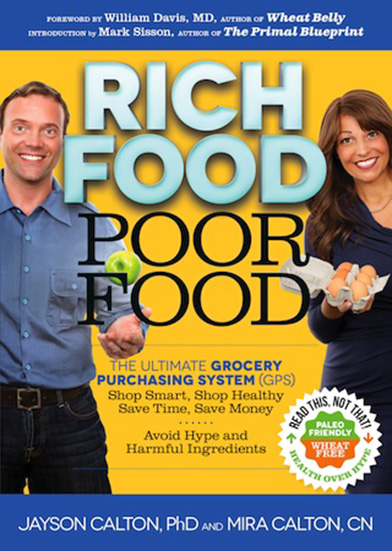
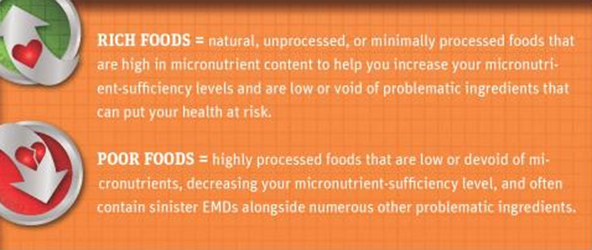
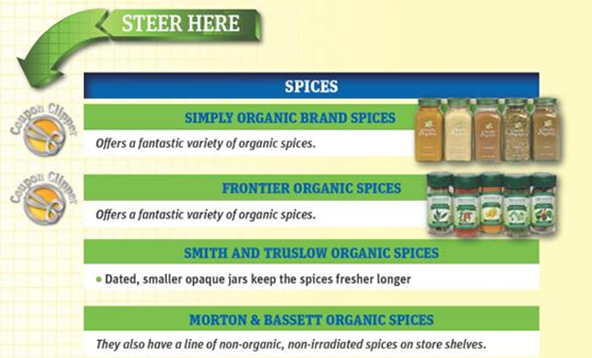
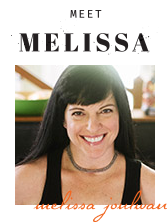

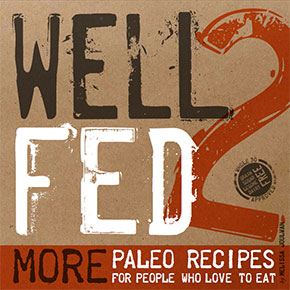


I bought the Kindle version and from what I can see, so far, it looks excellent. Looks like I have more changes to make! LOL
I am a single mother of 4 growing and healthy boys. I love your site and have bought your book as well as Whole 30. I am waiting for the realistic real life family version of trying to feed a family of 5 on a limited budget. I really respect what you are trying to achieve here but there is nothing in this post that speaks to me. You may try to dismiss my comment but the truth is that most Americans want to be healthy but can’t afford it. You’re invited to stay with me for one week, cook Paleo for 4 boys for under $150 for the week. Could be a great reality show!! I just don’t think it’s possible but best of luck and love your site!
Anne,
The best bet is for you to stick to whole foods- plain fruits and vegetables. Buy in-season produce for the best prices. Buy lots of frozen veggies with no added ingredients. Buy and stock your freezer with sales meats. One misundertanding about paleo is that the majority of what we eat is meat. Not true, the bulk of the VOLUME of our food should be the vegetables… and that is the less expensive part of the grocery cart. This type of eating requires more of a time committment, in that you have to spend more time preparing and cooking. I once took the FoodShare challenge and fed my family of 4 for 2 weeks on $85 by cooking this way (I did buy rice & potatoes though). Good luck!
I totally hear what you’re saying. The great thing with Paleo/Primal is that if you simply do the best you can with what you have, I promise you will see and feel great results! (I know because I definitely have.) For example, Whole30 recommends if you can’t afford grass-fed beef that you trim the fat from commercially produced meats, which is what I do. (I’ve got two teenage boys. God bless you with 4 boys!) Another good resource is “Practical Paleo” by Diane Sanfilippo (balancedbites.com) – her book shows you “good, better, best” options. I *try* to follow the “dirty dozen” for which produce items should be organic, but truthfully I buy a lot of whatever is on sale and wash my produce with a couple of dots of dish liquid and plenty of water. It cleans it fine and there’s no residue or taste if you rinse it well. Try not to be discouraged if you can’t afford exactly what is “recommended”, just make whatever positive, healthy changes you can and be proud that you’re doing your best for your family. I applaud and cheer you on in your efforts! Best of luck!
I just bought three pounds of kale for $3 at the farmer’s market. If I were on a tight food budget, I would eat more eggs and buy whole chickens on sale (cut them up yourself, it’s cheaper), and grass-fed ground beef, which can be quite inexpensive.
We all make decisions on how to spend our money. We gave up our car and cable TV in order to have the highest quality food available.
Yesterday I was in the grocery store and saw parents buying a case of that “blue raspberry juice” in those little plastic bottles for a baby sitting in the cart. That is setting the child up for a lifetime of metabolic problems and is abusive, IMO. They could have spent that money on kale. Even spending that money on beans would have been better spent, even if it’s not paleo.
Its nice to see a practical guide for people who are new to eating clean and understanding what goes into processed food and how it can effect our health.
We are bombarded with so much information regarding what we should eat, when, and what, that people today are confused and frustrated when it comes to eating. Lets get back to the basics and get rid of the crap.
I bought the book for my dad. He was intrigued by it, not sure if him and my mom will follow it, but I know he’s reading it
Thank you all for loving RICH FOOD POOR FOOD. Together we can transform that landscape of the grocery store! It is time to start a RICH FOOD REVOLUTION!
so i just have to say i’ve been getting acquainted with your cookbook this long weekend (in Canada). I made the sushi for a dinner party then AGAIN for myself the next day it was so freakin good! i was never a huge sushi fan, due to some dodgy freshness experiences and i think i’ve never (even pre-paleo) been huge on all that rice. yours was PERFECT! especially because we have these amazing spot prawns up here…mmmmmm.
then i made your sunshine sauce…i think i may caught a fresh piece of halibut tomorrow with it.
and now your greek meat stew is stewing…it smells amazing.
thx!
I’m with you on that label reading and exasperation. When I made the switch to eating paleo, I was surprised at how much addded wheat and soy were in things. Its almost like its used as a filler – even to cheapen the cost of spices.
I’ve bee quite surprised to find that a lot of the Kroger store brand products don’t have extraneous wheat.
I just finished a Whole30 and feel amazing – had blood work done right after, as I’m a Type 2 diabetic. My blood sugars are normal, cholesterol is normal, fatty liver disease has been reversed. My doctor said, “Whatever you’re doing is clearly working, keep it up.”
Anyway, the thing that surprised me the most was how many supplements and OTC medications have bad oils, HFCS or wheat in them. Disturbing!